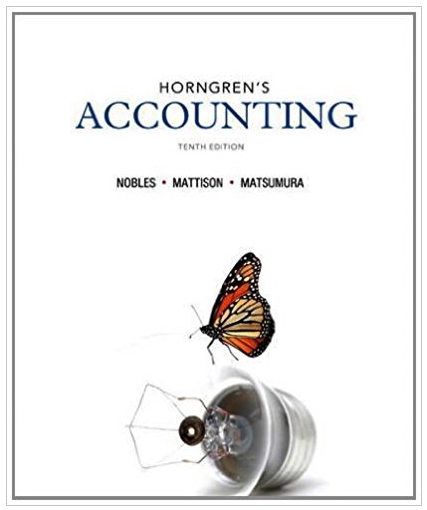Answered step by step
Verified Expert Solution
Question
1 Approved Answer
Hart Manufacturing makes three products. Each product requires manufacturing operations in three departments: A, B, and C. The labor-hour requirements, by department, are as


Hart Manufacturing makes three products. Each product requires manufacturing operations in three departments: A, B, and C. The labor-hour requirements, by department, are as follows. Department Product 1 Product 2 Product 3 A 1.50 3.00 2.00 B 2.00 1.00 2.50 C 0.25 0.25 0.25 During the next production period, the labor-hours available are 450 in department A, 350 in department B, and 50 in department C. The profit contributions per unit are $24 for product 1, $27 for product 2, and $29 for product 3. (a) Formulate a linear programming model for maximizing total profit contribution. (Let P; = units of product i produced, for i = 1, 2, 3.) Max 24P1+27P2+29P 3 s.t. Department A 1.5P+3P+2P 450 Department B 2P1+1P+2.5P3 350 Department c 0.25 +0.25P2 +0.25P 30 C 50 P1' P 2' P 20 (b) Solve the linear program formulated in part (a). How much of each product should be produced, and what is the projected total profit contribution (in dollars)? (P1 P2 P3)= 60,80,60 with profit $ 5340 (c) After evaluating the solution obtained in part (b), one of the production supervisors noted that production setup costs had not been taken into account. She noted that setup costs are $400 for product 1, $560 for product 2, and $580 for product 3. If the solution developed in part (b) is to be used, what is the total profit contribution (in dollars) after taking into account the setup costs? $ 3800
Step by Step Solution
There are 3 Steps involved in it
Step: 1

Get Instant Access to Expert-Tailored Solutions
See step-by-step solutions with expert insights and AI powered tools for academic success
Step: 2

Step: 3

Ace Your Homework with AI
Get the answers you need in no time with our AI-driven, step-by-step assistance
Get Started


